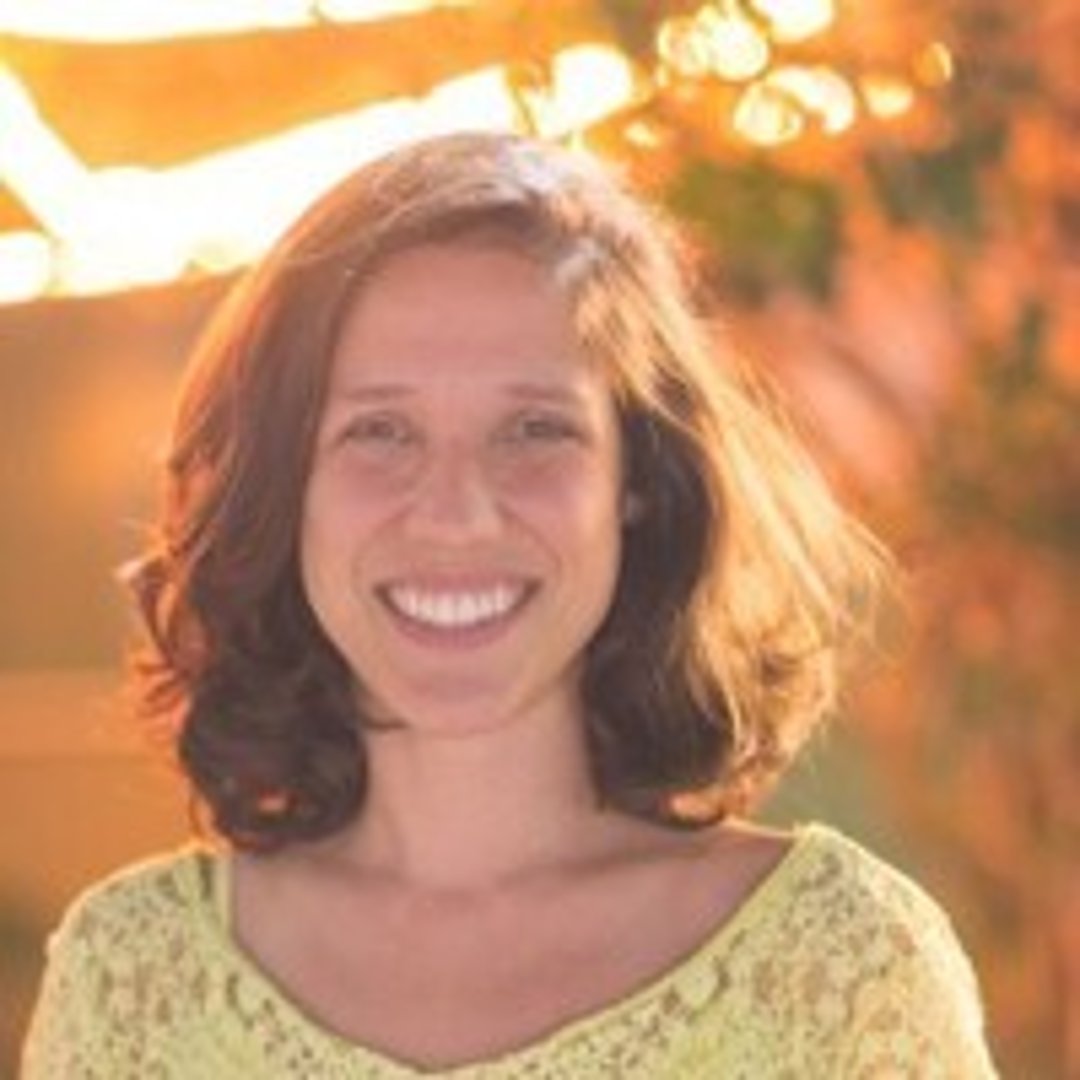Google Sheets: Best practices to prepare your data for publishing in your dashboard
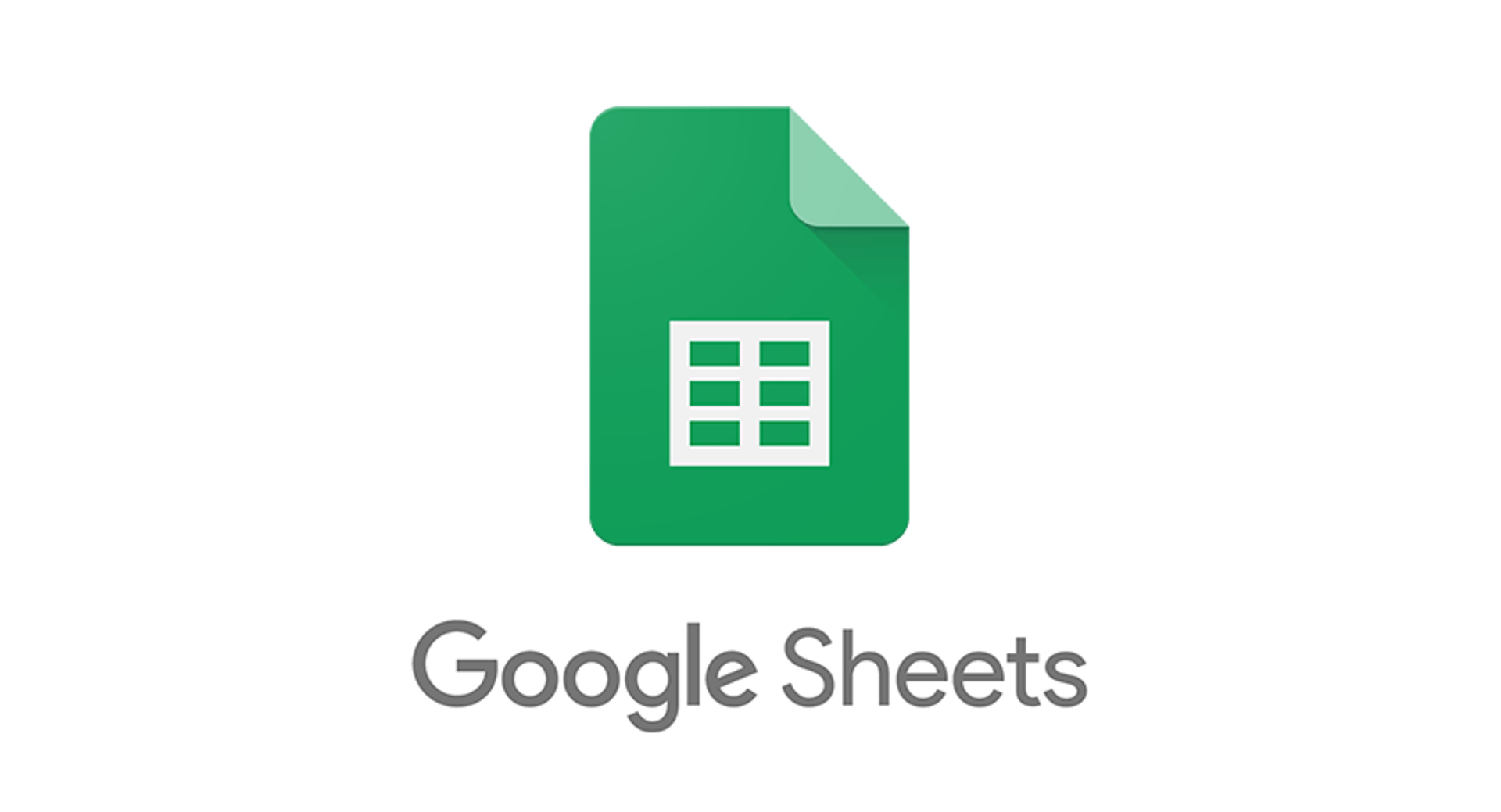
Published 2025-10-24
Summary - Google Sheets often sits between your systems and your dashboard. Data can live in ERPs, SaaS apps, and spreadsheets, and it usually passes through a sheet before it reaches the dashboard. This post covers practical steps that make your data structure analyzable and keep it up to date.
Before you can analyze your data, make sure it has an analyzable structure and stays up to date. The ideal approach is to organize data in a database-style layout and configure automatic updates from the source. Below are two steps to do both:
Database layout
With Google Sheets, as with any spreadsheet software, you can choose the starting cell for your table. For example, you can start a dataset on the fifth row and third column. The cleanest structure for analysis is to start in the first row and first column, with labels in row one and data listed vertically below.
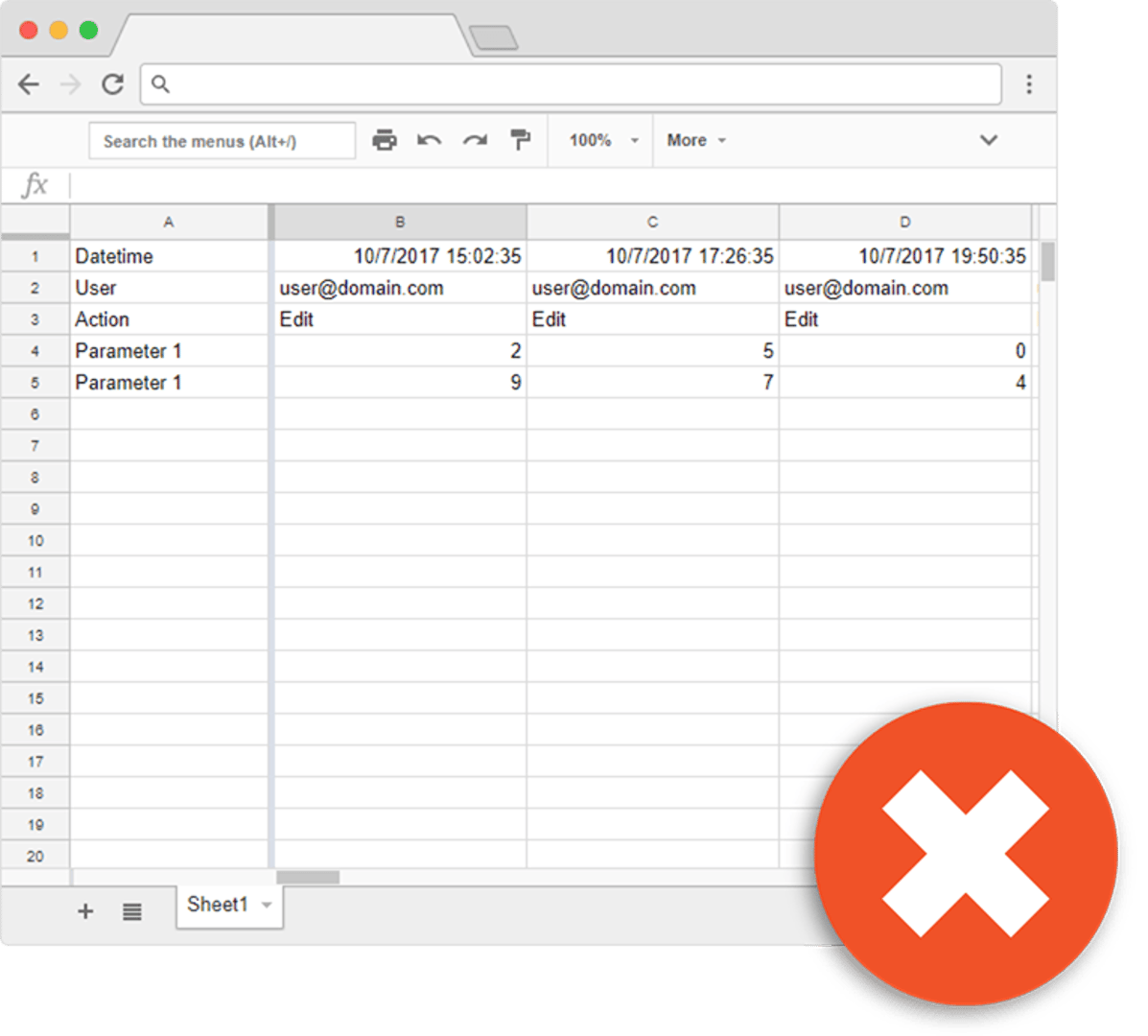
Data format
Each column should use a single data type. For example, set column A to dates, column B to currency, and so on. Set formats from the menu instead of relying on automatic detection.

Automating the data transfer
The data you bring to a dashboard rarely lives in a single sheet. Many teams maintain dozens or even hundreds of spreadsheets that need consolidation. Copy and paste invites errors and wastes time.
Two good options connect your data with Google Sheets and cut that risk. The first is the function ImportRange, and the second is a Google Sheets add-on called Sheetgo. ImportRange works well for small volumes of data and ad hoc analysis between spreadsheets. If connecting spreadsheets becomes routine and you depend on those links for ongoing reports and decisions, use a tool designed for data transfer like Sheetgo.
You can find more information about the ImportRange function here.

Infinite and automatic formulas
Google Sheets lets you plan for future data with a single formula so you don’t copy the same calculation thousands of times. Use =ARRAYFORMULA() to replicate a formula across an entire range automatically.
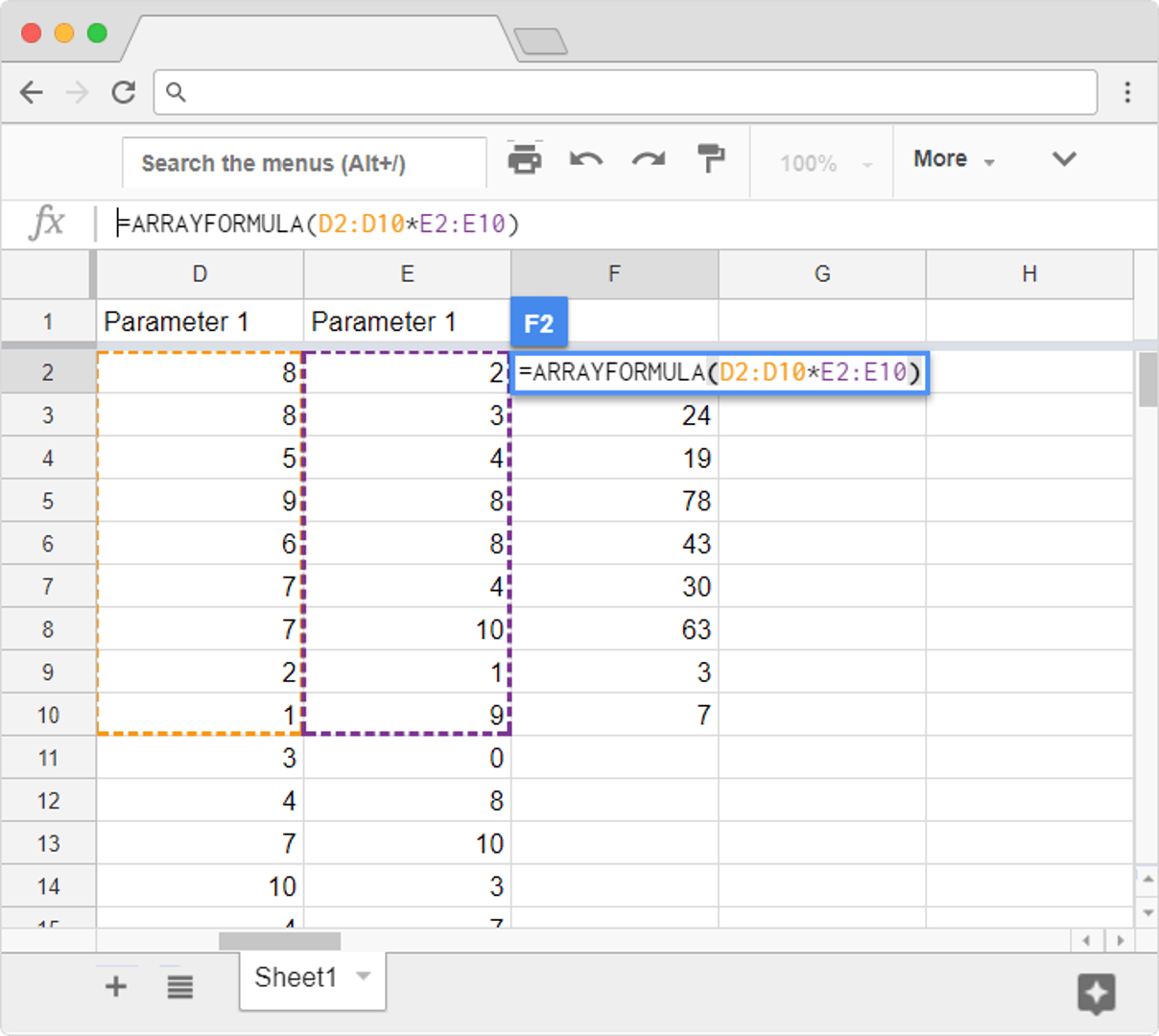
Tip 1: When this formula targets an open-ended range, it applies your calculation down to the last row, including blank rows. That can trigger errors. Wrap the logic in an IF statement that checks whether the row has data; if not, return a blank.
Tip 2: Watch range symmetry. If the formula reads from one area and writes to an overlapping area, Sheets may attempt to add infinite rows and crash.
Creating pre-analysis
If you want to track “How many sales were made last week” and need that number refreshed weekly, here are two tips that create a dynamic sample from raw data.
Infinite ranges
If the data you’re analyzing has 1,000 rows today, you might write a formula over A1:A1000. As new rows arrive, you’d need to adjust the range. To avoid maintenance, remove the ending row number, like A1:A. Sheets treats that as an open-ended range and the formula will include new rows automatically.
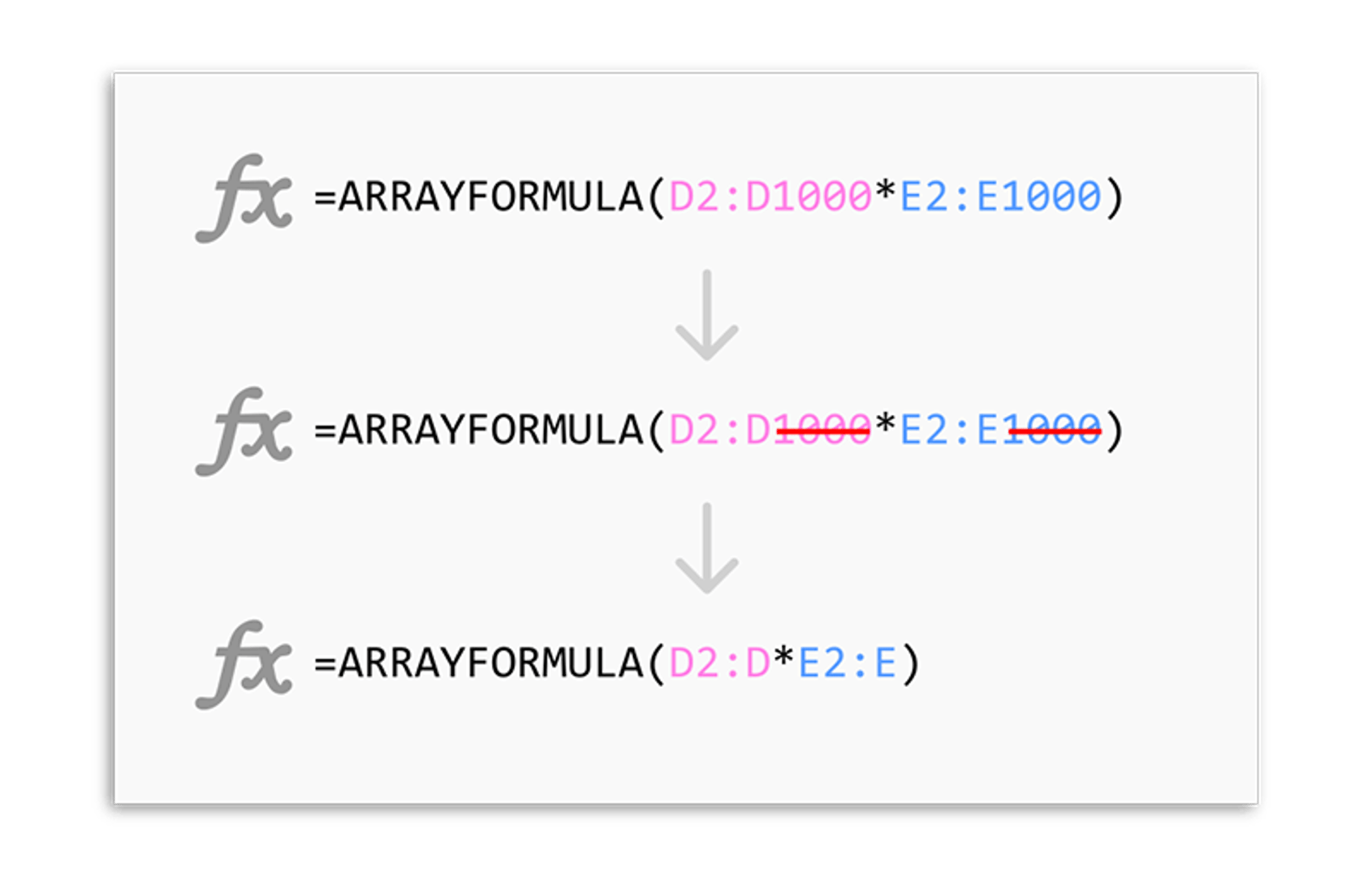
Rolling periods of time
Say you need a 7‐day sales view. List the dates in the first column and the daily counts in the second. To keep the window rolling, insert a dynamic base date and make the other dates relative. In cell A7 enter =TODAY()-1 (yesterday). In A6, reference A7 minus 1 (=A7-1), and continue until you show the last 7 days. Each day, the range shifts automatically so your dashboard always reflects the latest week.

Conclusion
There are many other tips that help prepare data, but these give you a solid base to keep a dashboard current without constant maintenance. When you’re ready to share results, build and distribute reports in Klipfolio Klips, dashboard and reporting software for teams that live in spreadsheets. Get started for free.
Related Articles

Klipfolio Partner How-To #1: Duplicating dashboards across client accounts
By Stef Reid — November 27th, 2025
Klipfolio Partner How-To #2: Company Properties can simplify client set-up
By Stef Reid — November 26th, 2025
Top 10 Marketing Dashboard Ideas for Tech Companies

